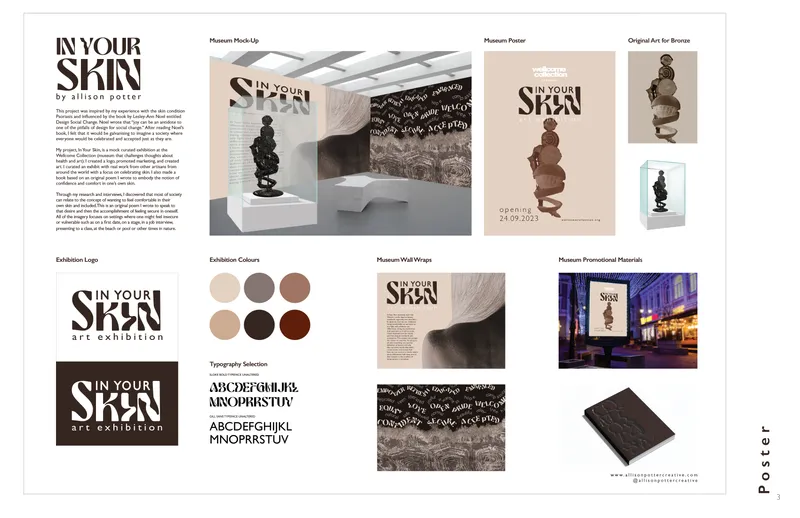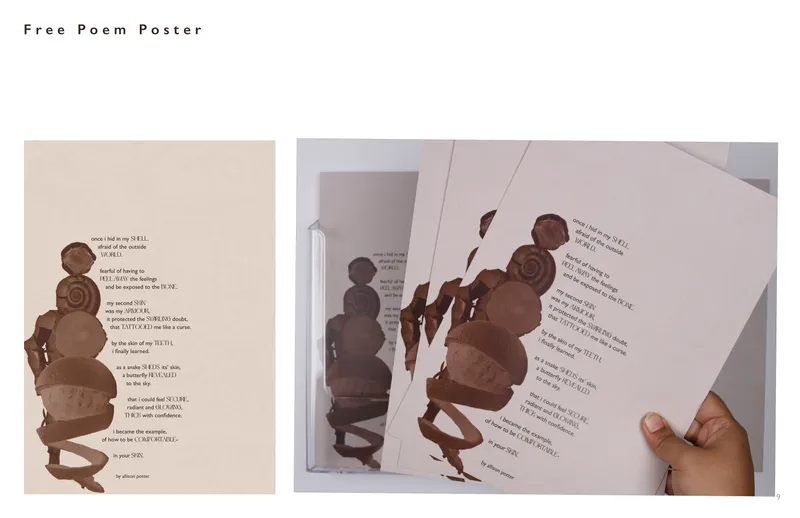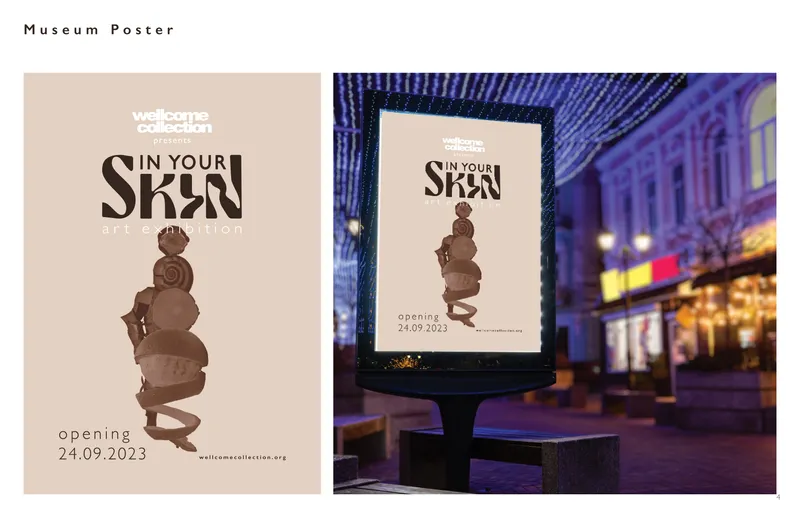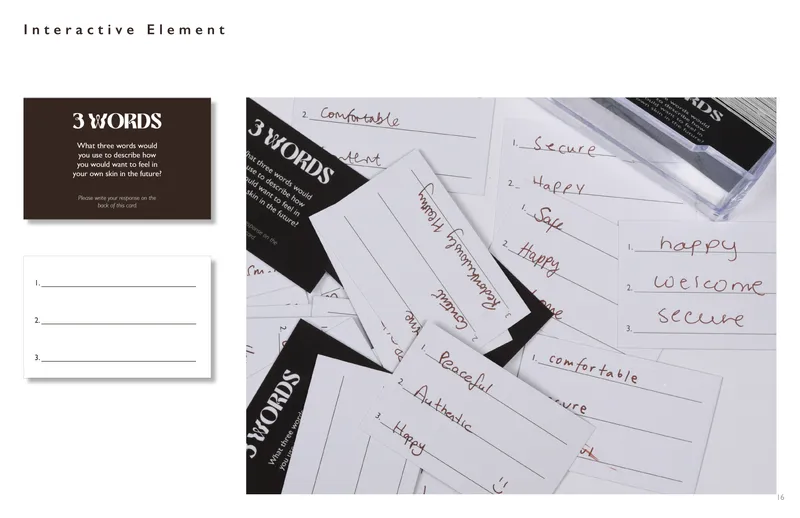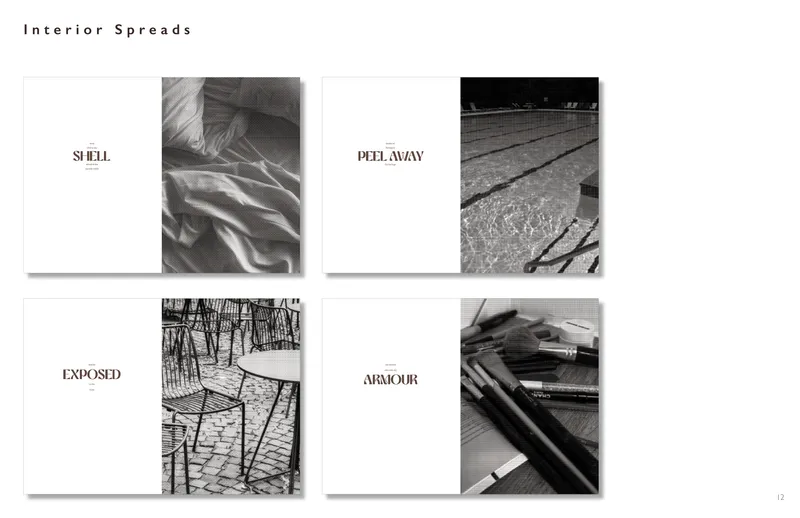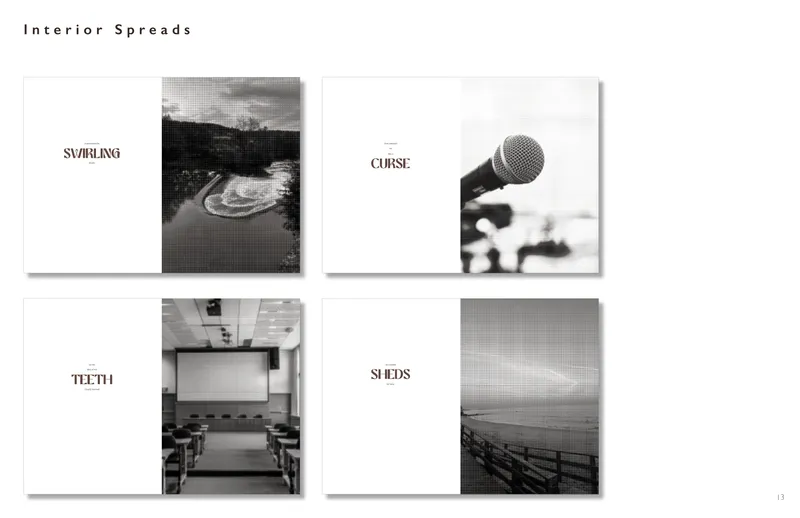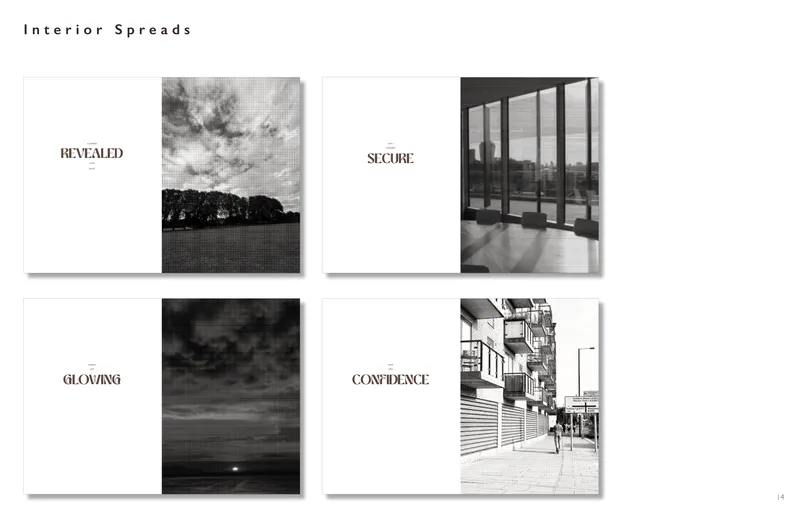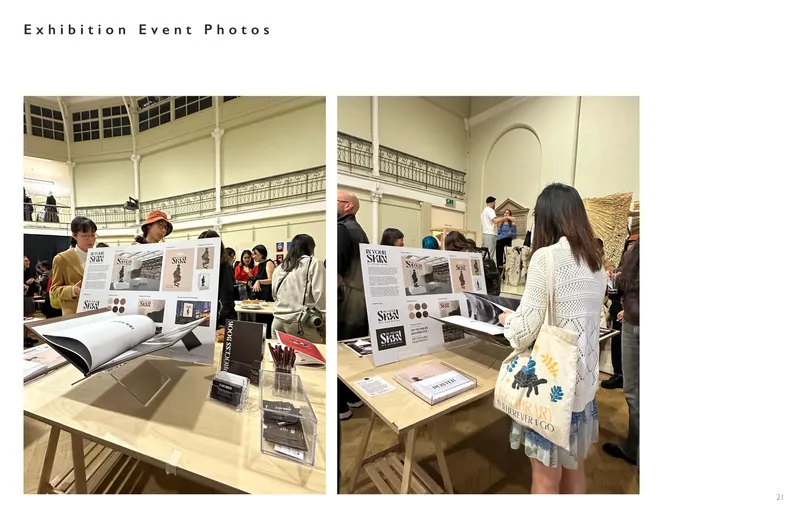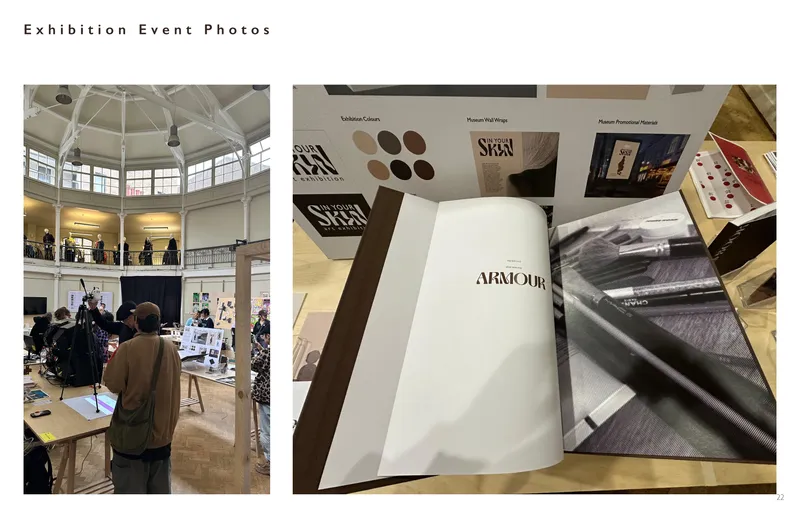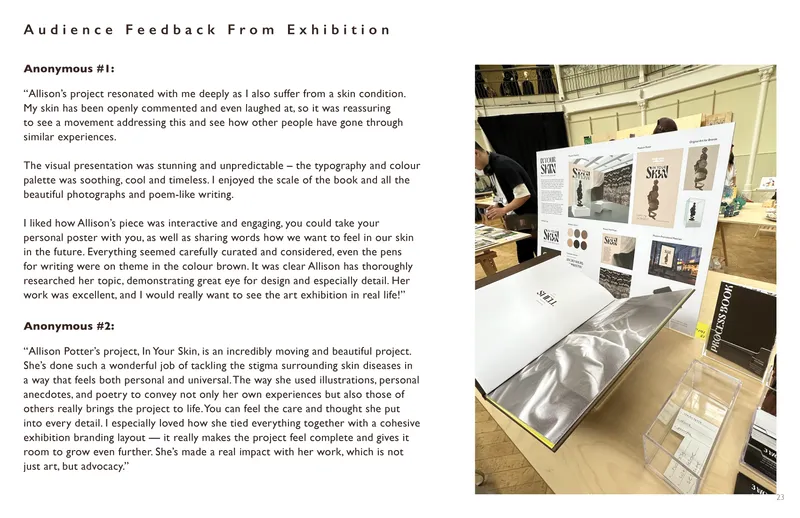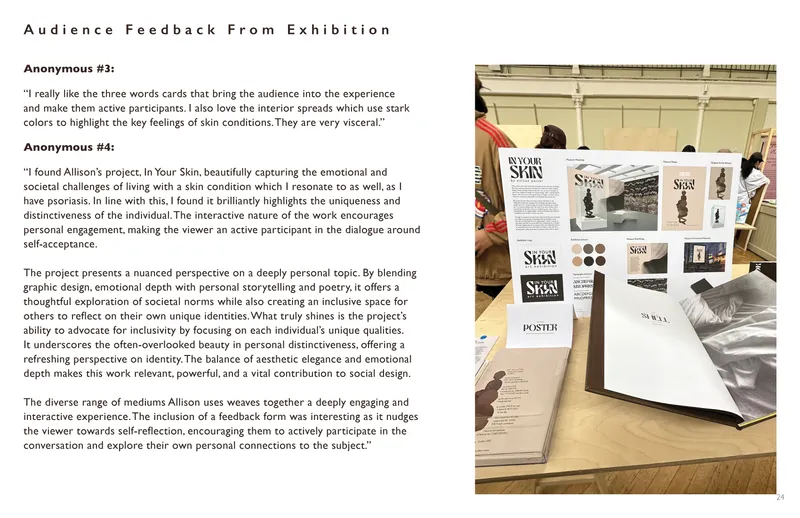In Your Skin examines how the Western media depicts beauty standards regarding skin disorders. It observes how we can celebrate being comfortable as ourselves in any light and celebrate our differences. I used my personal experiences of suffering from a psoriasis skin disorder for the past 25 years as an entry point and analysed how the media portrays beauty standards and acceptance. This project encourages the viewer to examine the purpose of only rewarding one narrow definition of beauty and how we can envision a future where those differences fade away, and all that remains is the comfort of being secure in ourselves.
The book by Lesley-Ann Noel inspired this project entitled Design Social Change (Stanford d.School). (Noel, 2023) Noel wrote that “joy can be an antidote to one of the pitfalls of design for social change.” After reading Noel’s book, I felt that it would be galvanising to imagine a society where everyone would be celebrated and accepted just as they are. So much work has already been created in a critical tone, so I wanted to embrace social change art as a source of joy and inspiration for the viewer. In Your Skin is a mock curated exhibition at the Wellcome Collection (a museum that challenges thoughts about health and art). I created a logo, promoted marketing, and created art. I curated an exhibit with real work from other artisans from around the world with a focus on celebrating skin. I also made a book based on an original poem I wrote to embody the notion of confidence and comfort in one’s skin. I utilised all of the positive words from my final audience survey into a museum wall to showcase all the way to celebrate inclusion when discussing what it means to be comfortable in one’s own skin. I wanted it to evoke a feeling of deep sigh, relaxation, and sinking into the feeling of being comfortable in one’s skin, as well as to imagine a speculative society where this would be possible.
In Your Skin encourages the viewer to embrace the feeling of a deep sigh and of being comfortable in one’s own skin. Through a mock curated exhibition, it asks the viewer to imagine a speculative society where acceptance, confidence, and security in themselves would be possible.

